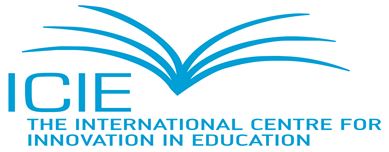In addition, a number of keynote and invted speakers will be added.
Assessment for Learning: The Missing Element for Identifying High Potential in All Students
Joseph S. Renzulli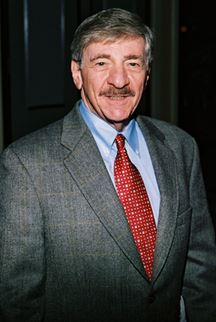

University of Connecticut, USA
A major controversy facing the field of gifted education is the exclusive use of test scores to identify students for special programs and services. Assessment for learning (as opposed to traditional test-based assessment of learning) examines other important strength-based traits that contribute to high levels of creative productivity. This type of assessment for learning examines traits such as interests, instructional preference styles, preferred modes of expression, and executive function skills. Although sometimes referred as the “soft skills,” they have gained much more attention on the parts of college admission officers and employers, especially for positions requiring higher levels of creative and investigative productivity and leadership skills. Instruments that assess these traits are completed by the students themselves; and technology and artificial intelligence now allow us to administer and analyze them with the same ease used for traditional standardized tests. This approach is considered to be an example of formative assessment which, with appropriate feedback, is the most powerful moderator in the enhancement of achievement and well-rounded development.
Challenges, Joys, and Decisions of Eminent and Creative Women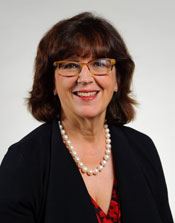

Sally M. Reis
University of Connecticut, USA
New research conducted on highly creative and eminent women will be discussed in this keynote, focusing on how the creative talents of girls and women evolve and how creative women developed their work over time. The session will include information about blocks to creative productivity and what motivates creative women to produce. The implications of the loss of women’s talent on diminished creativity, leadership, innovation, and creative productivity will be discussed. The session will conclude with a positive call to action about how educators can make a difference in helping girls and women develop their talents and creativity.
Inventing New Creative and Critical Thinking Strategies
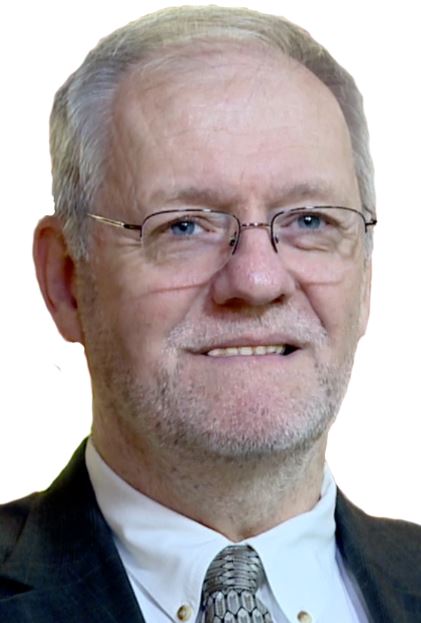
Don Ambrose
Rider University in Lawrenceville, New Jersey, USA
Creative and critical thinking strategies can help students, educators, and leaders strengthen their learning, motivation, and decision-making processes. Some strategies are well known and have been in use for a long time. Some others are not well known but have strong potential as learning and research tools. But we can do much more. Interdisciplinary exploration reveals concepts that can be turned into new creative and critical thinking strategies. This session provides the results of such an exploration, which has encompassed the conceptual terrain of more than 30 academic disciplines and professional fields. Strategies invented during this exploration include the invention machine, metapattern analysis, personal responsibility determination, intellectual spectrum interpretation, worldview analysis, chaos-complexity-order analysis, moral-legal overlap, collecting luminous elements, and WICS analysis, among many others. In this session you will learn the purpose and rationale for use of these strategies, their implementation procedures, and examples of their application to various topics.
ADHD: Disorder or Gift? 



Ken and Andrea McCluskey
University of Winnipeg, Canada
As the term itself indicates, ADHD is typically viewed as a "disorder." And certainly, hyperactive and inattentive children present some interesting challenges at home, at school, and in the community. This session highlights many of the problems, and acknowledges that the prognosis for ADHD is sometimes "far from benign." However, an attempt is also made to put a more positive spin on things by recasting reality and pointing to the creative strengths that frequently go hand in hand with the condition. To illustrate, with proper support, might not stubborn behaviour in childhood grow into determination in adulthood? Might not inattentive daydreaming turn into creative invention, overactivity into productive energy, and off-the-wall behaviour into outside-the-box thinking? The overall intent here is to offer a humane, flexible approach to help educational caregivers turn negatives into positives, and identify and nurture the talents of an oft-misunderstood population.
Read a Brief Biography: Ken McCluskey
Read a Brief Biography: Andrea McCluskey
‘Creativity is our hope’, but how do we spread the message?
The Report of the Durham Commission and Arts Council of England on Creativity and Education
Lynn Newton and Lucy Davies
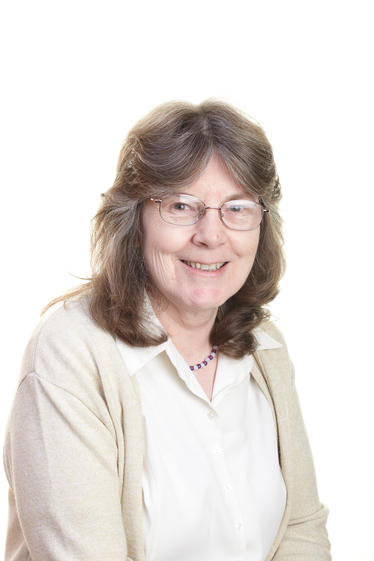


Durham University, UK
Some time ago, a UNESCO conference concluded that ‘Creativity is our hope’, and research continues to point to the need to develop creative thinking competences and dispositions in students, and - with one eye on the economy - in the workplace. Nevertheless, what happens in schools and in the workplace is not always conducive to fostering and making the most of creative competences. Durham University and the Arts Council for England collaborated in a major project with the aim of exploring practices in schools and in the workplace. Their findings led to recommendations aimed at increasing the attention given to creativity, its value, how it is fostered, and how it is put to good use. This presentation, by two of the leading contributors to the report, describes the background, and some key aspects of the Commission’s findings and its recommendations.
The process of negotiating the report’s content with diverse groups with an interest and investment in creative thinking also provides researchers with food for thought. Many of those involved were, themselves, very creative people, and they believed creative competence to be a valuable asset. Nevertheless, accommodating diverse notions across the spectrum of human endeavour can be a challenge. In short, collecting the data is not always the most difficult part of producing a report involving a large number of people, an experience which may be of value to others.
New Institutional Arrangements of Academic Learning: Microcredentials Philosophy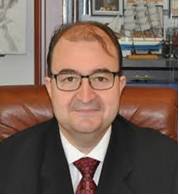

Romiță IUCU
University of Bucharest, Romania
New institutional developments in higher education area, but especially new approaches of learning and teaching in the adult education context, have created an alternative for a new and innovative approach to curricular’s structure and organization, but also, for a new learning and teaching pathways and strategies, which are emerging naturally. In this context described which at European level coincides with the process of launching the Strategy for the European Universities, new arrangements of academic learning, such as: flexible learning pathways, modularisation, digital enhanced mobility, and micro-credentials, will become stronger preconditions for improving the academic quality at all institutional educational levels.
Imagination and Inquiry: Encouraging Creative and Transcultural Learning in an Age of Global Mobilities
Karen Magro
Faculty of Education, The University of Winnipeg, Canada
How can educators encourage creative learning in an ever changing world that challenges individuals to navigate great distances that may be cultural, social, geographic, and psychological? As classrooms today are becoming more multiethnic and multicultural, the roles and responsibilities of teachers have also become more multi-layered, interdisciplinary, and complex. Knowledge of other cultures, traditions, languages, and customs that mirror the diversity of the world can better equip both teachers and students with the skills needed to navigate these micro and macro changes. But what transformative changes across educational levels are needed? What systemic and institutional barriers erode a truly inclusive and transformative learning context where all can participate? The teacher’s ability to help link “local and global” issues is particularly important. A knowledge of history, place, and culture helps to cultivate a sense of purpose and meaning in life (Dei, 2002). Too often, the psychological, emotional, spiritual, and cultural dimensions of learning are undervalued in traditional educational contexts. In the process of their education, individuals can lose vital connections between themselves, their community, and their cultural heritage. Transcultural learning and Global Citizenship Education (Gce) building up awareness, empathy, and personal and social agency. The skills that individuals need in today’s rapidly changing world transcend traditional curricula and assessment protocol.
A “world curriculum” would integrate themes and topics across the disciplines; it would take into account a need for learners to understand world philosophies, religion, cultural studies, arts based education, world issues, literature, and new literacies. Emotional literacies such as empathy, resilience, motivation, and transcultural communication can be integrated in powerful way when rigid boundaries between the disciplines are broken. By adding an international dimension to subjects and by encouraging students to extend their knowledge and skill sets to other cultures, communities, and ways of being, we will be in a better position to work toward finding solutions to some of the greatest challenges our world faces today. This key note speech will draw upon theoretical frameworks from transformative learning, creativity, cultural studies, reading resilience, new literacies, post-colonial research, and global citizenship education. Parallels between theories of creativity and transformative learning theory will be reconfigured from the lens of transcultural literacies and global citizenship education. Ideas for developing a “world curriculum” will be highlighted. A monograph and an annotated bibliography for building a transcultural curriculum will be provided to all ICIE conference participants.
Creativity: Toward Inclusion and Positive Outcomes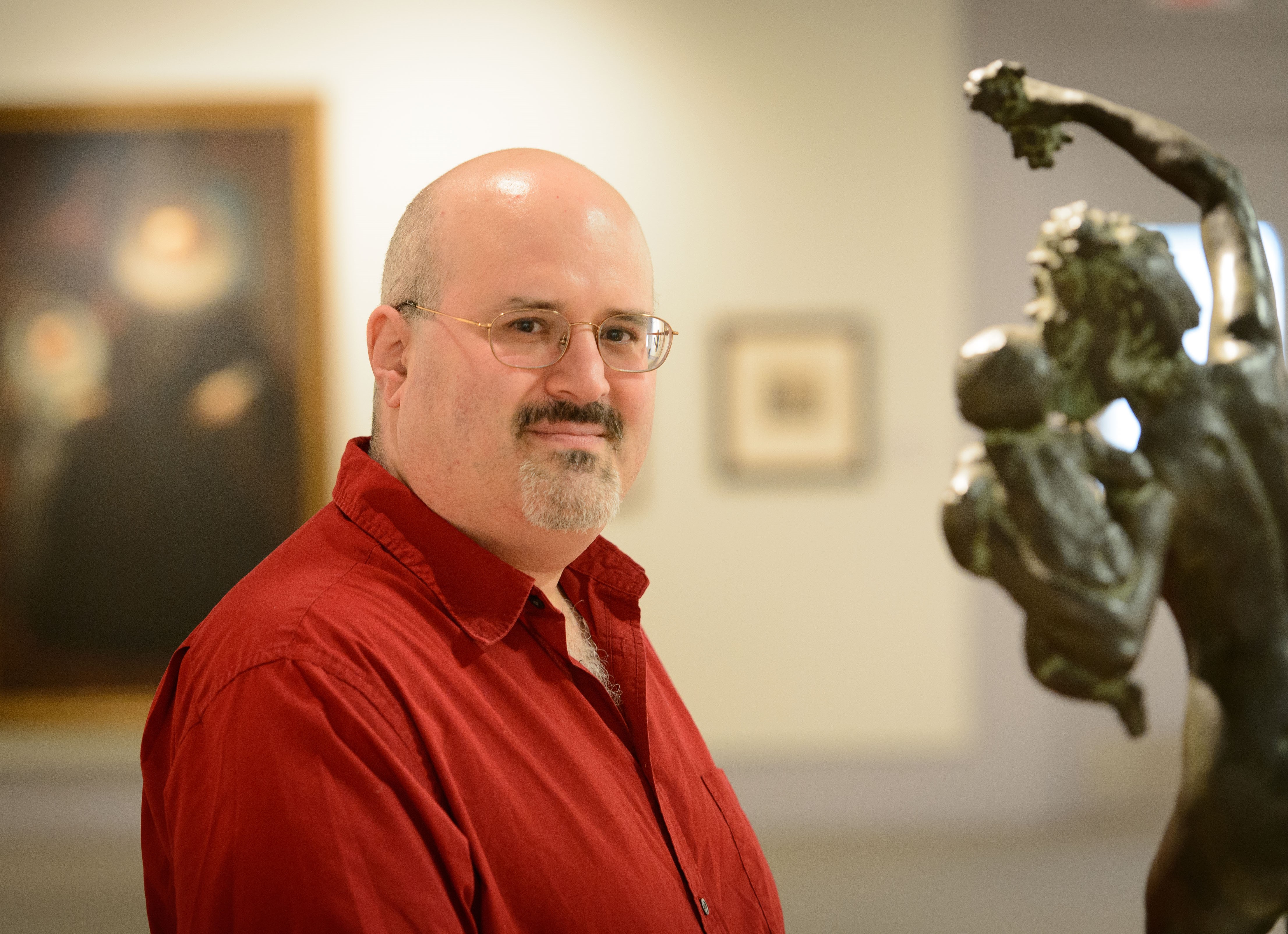

James C. Kaufman
University of Connecticut, USA
Creativity is usually seen as a good thing – but why? I will first give a brief overview of the field, emphasizing the creativity that is often overlooked. Next, after acknowledging both the potential for bad outcomes and the limits of creativity’s impact on school and work success, I will highlight many different benefits that are not as often discussed. These include how creativity can lead to self-insight, help people heal, forge connections with others, inspire drive with passion and progress, and enable people to leave behind a legacy.
Empowering Learners for a Creative Tomorrow: Communication, Collaboration and Critical Thinking
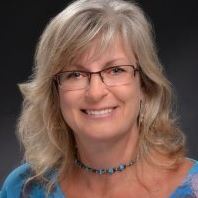
Christine Boyko-Head
Mohawk University, Canada
Communication, collaboration, and critical thinking are identified in various reports as essential 21st Century employability skills (WEF, 2016, OECD 2018). Yet, many educators teach communication through a read/write/repeat model and ask “students to regurgitate somebody else’s ideas through rigidly structured essays and reports” (McKenney, 2018, p 33). Many learners in the post-secondary communications classroom struggle with expression, distrust collaboration, and doubt their critical thinking. Clearly, the read/write/repeat model of communication education is not working for everyone.
This interactive presentation shares Boyko-Head’s Mind the Gap project and how creative strategies might contribute to the development of equitable, learner-centred differentiated learning spaces. Specifically, she details the role problem solving and cognitive preference awareness plays in giving learners a value-neutral language for critical reflection and how this awareness can lead to self-regulated learning behaviour and self-differentiated learning strategies creating engaged, inclusive, empathetic classrooms.

Empathic Creativity
Kenneth (Ken) Reimer
Faculty of Education, University of Winnipeg, Canada
We live in a world where problems are getting greater and more complex. We live in a time that is becoming increasingly polarized. Society urgently requires an education system that promotes creativity, empathy, and inclusion. This presentation explores the potential of merging some of the best components of creativity, empathy, and inclusion into a construct known as “Empathic Creativity”.
50 Years of Meaningful Access to Teacher Education: An organizational history and program culture of talent-spotting and belonging leading to increased teacher diversity in Canada.
Derek Stovin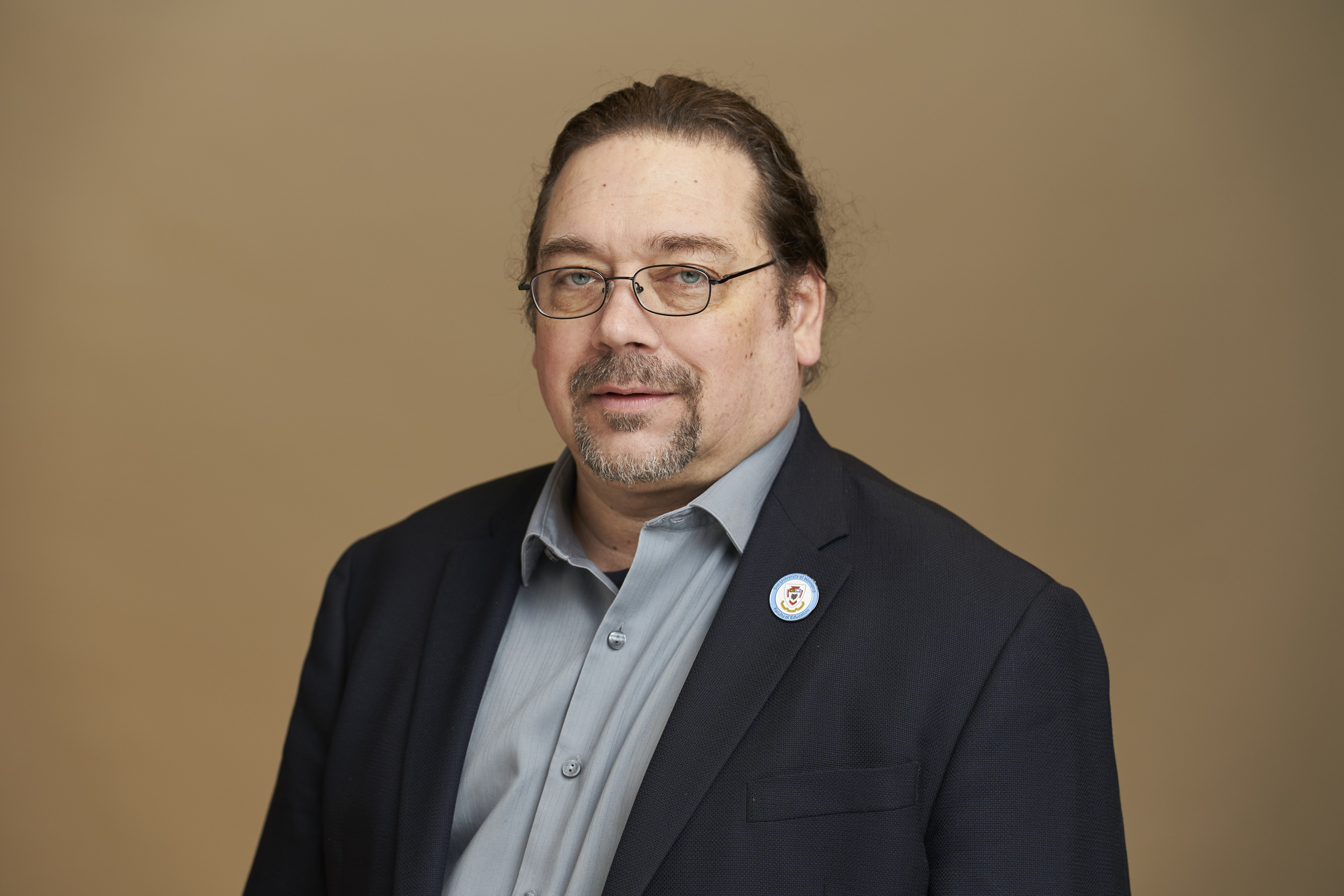

Director of Access Education; University of Winnipeg, Manitoba, Canada
Canada is a country that struggles with the negative past and ongoing impacts of its colonial history. As a result of a class action law suit, the Truth and Reconciliation Commission (TRC) was established by the Federal government to begin to address the atrocities committed against Indigenous people through the residential school system. The TRC findings called attention to the central role that education must play in working toward reconciliation. In particular, call to action number seven aims “to eliminate educational and employment gaps between Aboriginal and non-Aboriginal Canadians” (TRC, 2015, pp. 5-6) and call to action number ten, in part, aims to improve “education attainment levels and success rates … [and to develop] culturally appropriate curricula” (TRC, 2015, p. 6).
Unfortunately, since the release of the TRC reports, there has been little change in the educational and employment gaps between Indigenous and non-Indigenous people in Canada. While laudable and certainly necessary, the aims expressed by the TRC cannot and will not be achieved unless the body of professional teachers is comprised of far greater numbers of Indigenous teachers.
Given this context, I will discuss how the organizational history and culture of one set of adult and alternative teacher education programs at an inner-city based university in Canada is making a substantial impact toward increasing the diversity of the local professional teaching body and improving the educational experience for students.
Some Thoughts on Reasonable Accommodations in the Assessment of Special Populations
Dragoș Iliescu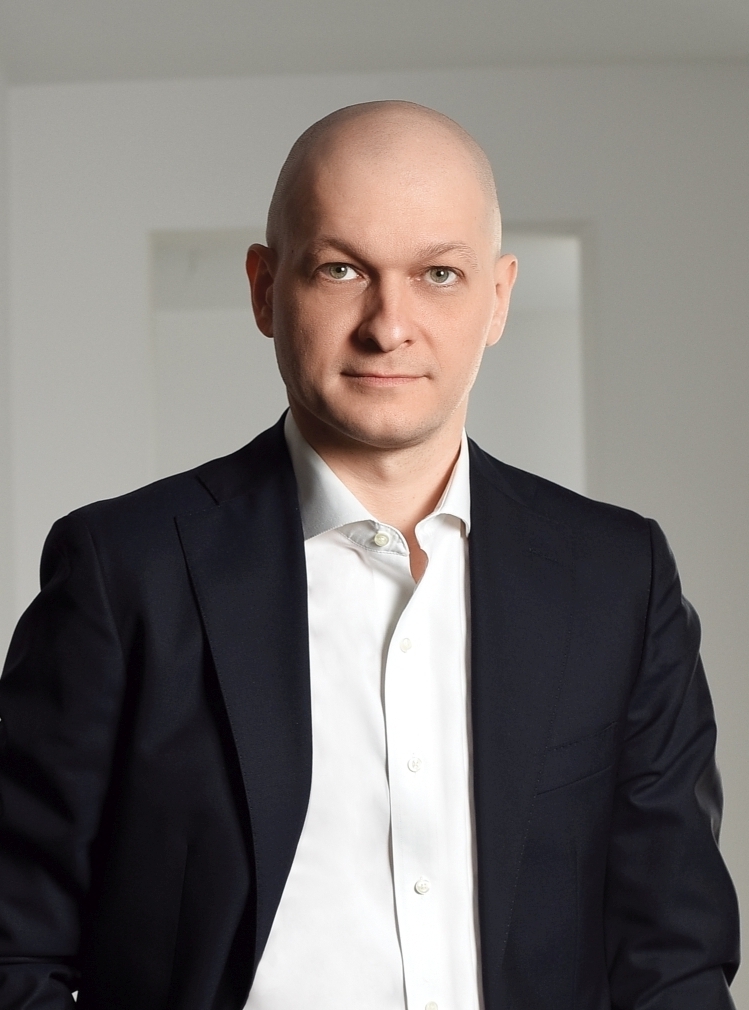

Faculty of Education, University of Bucharest, Romania
My presentation focuses on the concept of accommodation in testing, that is, individualized changes – sometimes small and other times more profound – to one or several components of the test, in response to a need to preserve fairness in special populations or individualized cases. We argue that accommodations should be motivated not only by the need to preserve fairness, but also by the need to preserve validity. We will discuss legal and ethical obligations under this heading. We will also discuss a large palette of accommodations, and will differentiate between focal competencies and access competencies as a manner of gauging the extent of reasonable accommodations in relation with the need to preserve standardization and test validity.
Excellence, Giftedness, and Creativity: A Cosmopolitan Interpretation
Ghada Sfeir
University of Calgary, Alberta, Canada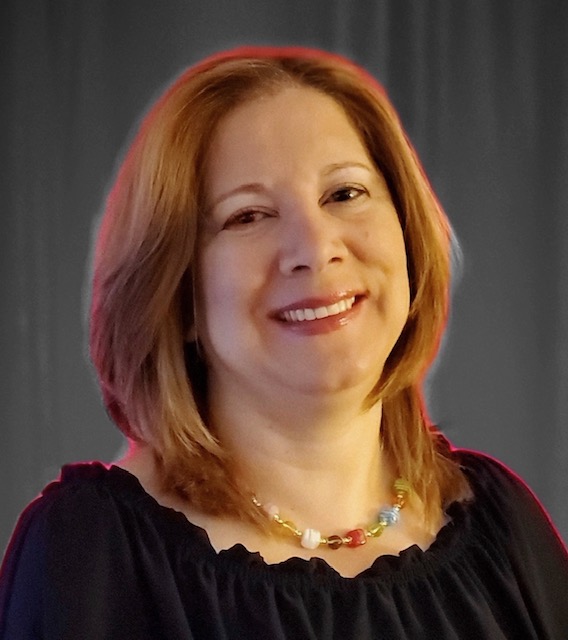

This keynote offers a cosmopolitan interpretation of excellence, giftedness, and creativity in higher education to expand our understanding of the role of education in building bridges among individuals and communities, uplifting historically marginalized individuals and groups and addressing disparities in equitable access to quality education. It draws on an amalgamation of theoretical and practical approaches to cosmopolitan education to explore educational possibilities to transcend divisions and cultivate a heightened sense of moral responsibility and affective attachments towards every human being regardless of categories of difference such as gender, race, religion, socio-economic status, or place of origin, a key tenet of moral cosmopolitanism (Nussbaum, 2017; Van Hooft, 2009; Tan 2019). Another common tenet of cosmopolitan education is raising awareness of global interconnectedness as well as asymmetrical power dynamics impacting our relationships with people with different identities (Rizvi, 2009, p. 267). Cosmopolitan education fosters openness to learning from new perspectives and ideas (Hansen, 2010). It fosters self-awareness of our ways of life, and that our choices, preferences, and various practices are not neutral nor natural (1996/2002).
The questions raised in this keynote are: (1) How do we define excellence, giftedness and creativity in teaching and learning in an interrelated and interdependent world, yet increasingly divided socially, economically, politically, culturally, and educationally? (2) What effect might a cosmopolitan understanding of excellence, giftedness and creativity have on the teaching and learning practice within the classroom and beyond? (3) How can educators best cultivate cosmopolitan learning in their curriculum in diverse classrooms to unleash the students’ agency to transform their world with empathy, openness, and a heightened awareness of equity, fairness, respect, and inclusivity while navigating the terrains of skepticism and undesirability of such education? Sfeir addresses these questions by also drawing on her personal experience of having lived in different countries and provinces and interacted with people from diverse backgrounds, and taught students from various backgrounds with various intersections of identities. These experiences led her to investigate the potential of cosmopolitan education as an approach to cultivating harmony among groups and navigating tensions constructively and positively for the benefit of all those affected.
